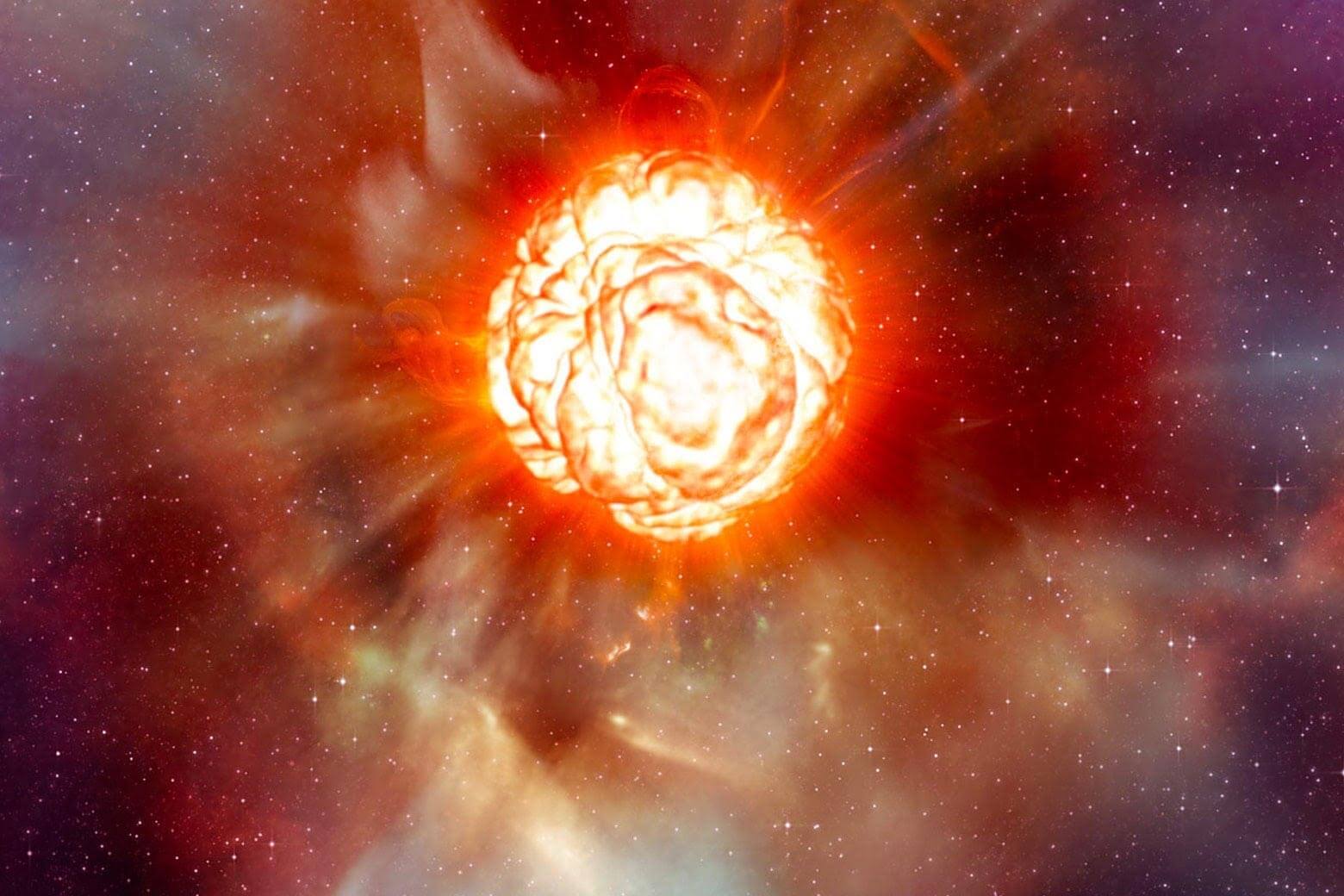In this new study, the researchers determined that massive stars (typically between 8 and 20 solar masses) in the "red supergiant" phase will suddenly become about a hundred times fainter in visible light a few months before they die. This dimming is caused by a sudden accretion of material around the star, obscuring its light

Astronomers from John Moores University in Liverpool and the University of Montpellier have developed an "early warning" system that will warn when a massive star is about to end its life in a supernova explosion. The work was published on October 13, 2022 in the journal Monthly Notices of the Royal Astronomical Society.
In this new study, the researchers determined that massive stars (typically between 8 and 20 solar masses) in the final stage of their lives, the so-called "red super-giant" stage, will suddenly become about a hundred times fainter in visible light a few months before they die. This dimming is caused by a sudden accretion of material around the star, obscuring its light.
Red supergiants are stars of spectral type K or M with a supergiant luminosity classification (Yerkes classification I). In terms of volume, they are the largest stars in the universe. But they are not the largest in terms of mass or luminosity. Beetlejuice and Antares are the brightest and best known red supergiants.
The star turns into a cocoon
Until now, they didn't know how long it takes for a star to accumulate this material. For the first time, scientists have now simulated what red supergiants might look like embedded in these pre-explosion "bulbs".
Old telescope archives show that there are images of stars that exploded around a year after the image was taken. The stars look normal in these images, meaning they could not yet have accreted the theoretical cocoon around them. It follows that the tuber is collected in less than a year, which is considered very fast.
Benjamin Davies of John Moores University in Liverpool, lead author of the paper, says: "The dense material dims the star almost completely, making it a hundred times fainter in the visible part of the spectrum. This means that the day before the star explodes, it will probably not be possible to see that it is there." He adds: "Until now, we could get detailed observations of supernovae only hours after they had already occurred. With the help of this early warning system, we can prepare to observe them in real time, point the best telescopes in the world at the harbinger stars and watch them being torn apart, literally, before our eyes."

One response
The question is how do you know how to differentiate between different types of light dimming. In 2019-2020 the star Beetlejuice dimmed significantly, compared to the last 50 years. As far as I know, in the end it returned to its original brightness.
So how do you know the difference between a case like this, and a case where the star dims because it's about to explode?